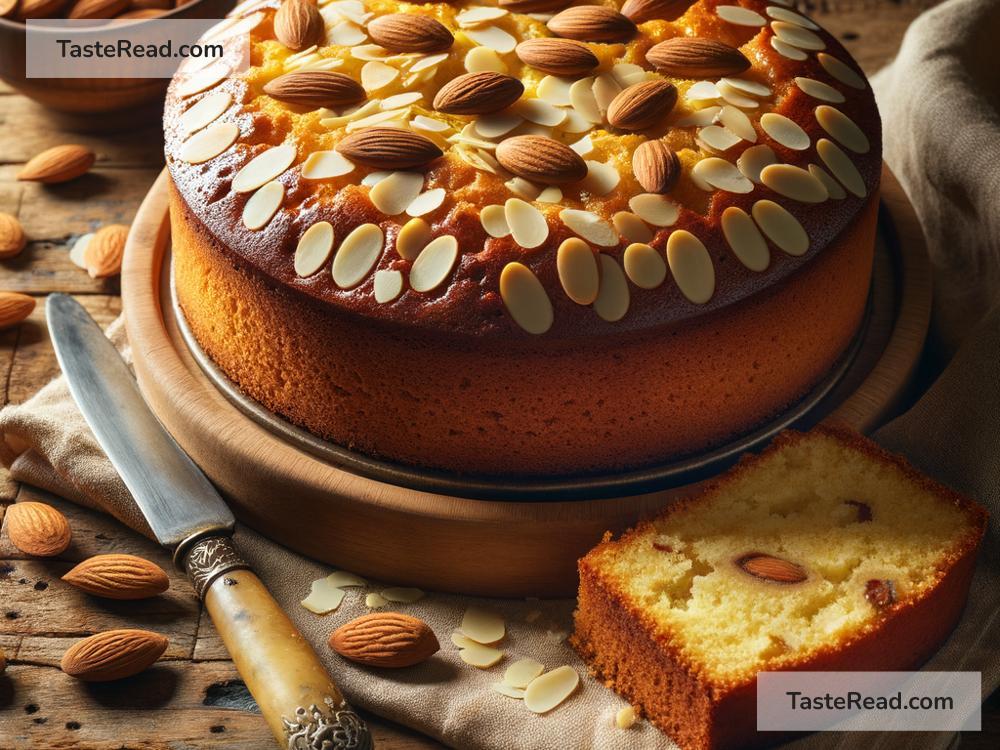How to Bake Buttery Scottish Dundee Cake: A Step-by-Step Guide
Are you craving a slice of something buttery, fruity, and absolutely delightful? Look no further than the traditional Scottish Dundee cake! This classic treat is not only rich in flavor but packed with juicy raisins, sultanas, and the distinctive taste of almonds. Today, I’m going to show you how to make this buttery wonder in your own kitchen. Don’t worry if you’re not a pro baker – I’ll guide you through each step in simple English. Ready? Let’s bake!
Ingredients:
To start, gather these ingredients:
- 225g (about 1 cup) unsalted butter, softened
- 225g (about 1 cup) light brown sugar
- 4 large eggs
- 225g (about 1.8 cups) all-purpose flour
- 1 tsp baking powder
- 1 tsp mixed spice (a blend of cinnamon, nutmeg, and allspice)
- 150g (about 1 cup) golden raisins
- 150g (about 1 cup) sultanas
- 100g (about 0.75 cup) candied orange peel, chopped
- 50g (about 1/3 cup) glacé cherries, halved
- Grated zest of 1 orange
- Grated zest of 1 lemon
- 50g (about 1/2 cup) ground almonds
- A handful of whole blanched almonds for decoration
- A little milk (if needed)
Tools You’ll Need:
- 8-inch round cake tin
- Baking paper
- Mixing bowls
- Electric mixer or wooden spoon
- Skewer or toothpick
Instructions:
-
Prep Your Pan and Preheat: First, line your 8-inch cake tin with baking paper and preheat your oven to 150°C (approximately 300°F).
-
Cream Butter and Sugar: In a large mixing bowl, combine the softened butter and light brown sugar. Use an electric mixer or a wooden spoon to beat them together until they’re creamy and fluffy. This step is crucial for a light, airy cake.
-
Add Eggs: Crack the eggs into a separate bowl (to avoid any shell mishaps), then add them one at a time to your butter and sugar mixture, beating well after each addition. If the mixture starts to look curdled, don’t panic! Just add a spoonful of your measured flour to bring it back together.
-
Mix in Dry Ingredients: Sift the flour, baking powder, and mixed spice together. Gently fold this into your wet mixture. The key here is to be gentle to keep as much air in the batter as possible.
-
Fold in Fruits and Zests: It’s time to add the golden raisins, sultanas, candied orange peel, glacé cherries, orange and lemon zest, and ground almonds. Fold these in carefully until they’re evenly distributed throughout the batter. If your batter is too thick, add a little milk to reach a dropping consistency.
-
Bake: Transfer your batter into the prepared cake tin, smoothing the top with the back of a spoon. Press the whole blanched almonds into the top in a circular pattern for that traditional Dundee cake look. Bake in your preheated oven for about 2 hours or until a skewer inserted into the cake comes out clean. Your kitchen will start to smell amazing!
-
Cool and Enjoy: Once baked, let the cake cool in the tin for around 15 minutes before turning it out onto a wire rack to cool completely. Resist the temptation to slice it up right away – it tastes even better when it’s thoroughly cooled.
Tips for the Perfect Dundee Cake:
- Don’t Overmix: Mixing the batter too much can make your cake dense. Gentle folds are your friend.
- Check Early: Oven temperatures can vary. Start checking your cake for doneness about 10 minutes before the suggested time.
- Storage: Dundee cake keeps well. Wrap it in foil and store it in an airtight container. It even tastes better after a day or two, as the flavors meld together.
Conclusion:
Baking a Scottish Dundee cake might sound fancy, but it’s really quite simple. This rich, buttery cake packed with fruits and crowned with crunchy almonds is bound to become a favorite. Whether you’re serving it for a special occasion or enjoying a slice with your afternoon tea, its unique flavors and textures promise to delight.
Remember, baking is not just about following a recipe – it’s about adding a bit of love into each step. So put on your apron, gather your ingredients, and let the scent of baking fill your kitchen. Happy baking!


